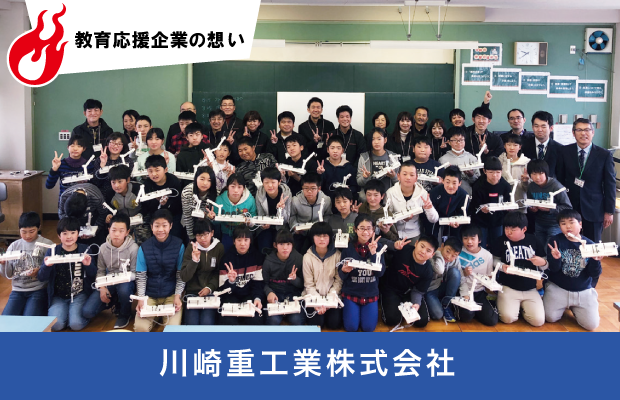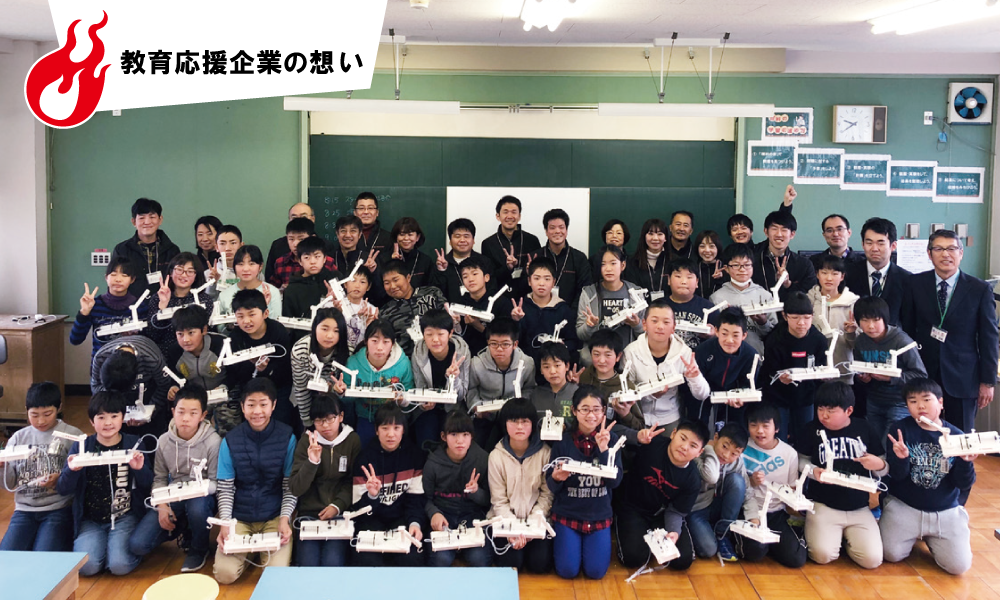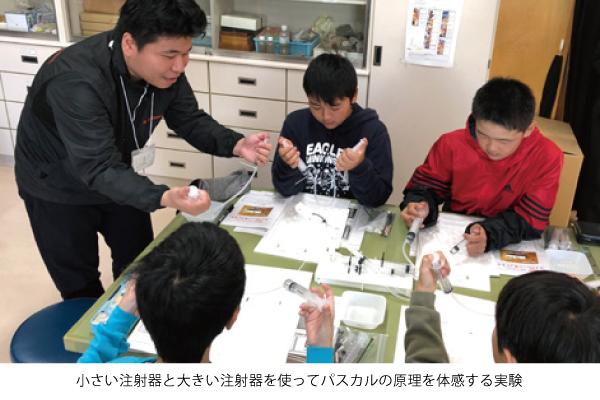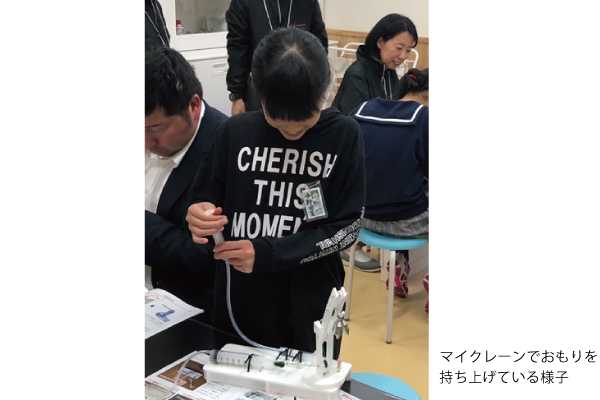- Company-supported projects
- Thoughts of an Education Supporting Company
The seeds of the next generation nurtured by the thoughts of engineers / Kawasaki Heavy Industries, Ltd.
2019.12.07

With the group mission of "Global Kawasaki" contributing to the affluent lives of people around the world and the future of the global environment," the Kawasaki Group contributes to society by providing land, sea, and air transportation, creating clean energy, improving social infrastructure, and developing automation technologies for aging populations and labor shortages. The Kawasaki Heavy Industries Group contributes to society through the provision of land, sea, and air transportation, the creation of clean energy, the development of social infrastructure, and automation technologies for an aging and labor shortage. The company's CSR activities pass on to the next generation the excellence and importance of these "works of art" that have been created over the past 120 years.
Kawasaki Heavy Industries, Ltd.CSR Department, General Affairs Division
Creating a place to pass on our work to the future
In May 2006, the company opened Kawasaki World, a corporate museum in Kobe City, with the aim of enabling visitors to experience the wonder of technology and the importance of monozukuri (the art of making things) while learning and playing in a fun, "see and touch" environment. Since 2012, the company has also developed an experimental craft program featuring one of the company's technologies each year, based on its diverse product lineup as a comprehensive heavy industry company. In addition to educational events, the company has also been conducting classes at elementary schools in Minamisanriku-cho, Miyagi Prefecture, as part of its efforts to support reconstruction efforts in the Tohoku region. The first experimental craft program, "Let's Make My Own Helicopter," has already become established as a program for elementary school students and is widely used in community contribution activities and various events at bases nationwide. In FY2019, a total of eight experimental craft classes were held at Kawasaki World on June 8 and at Minamisanriku on November 11 and 12, providing 188 children with an understanding of the principles of hydraulic equipment and the appeal of craftsmanship.
Program development with the commitment of young engineers
Each year, young engineers from each company are tasked with developing the experimental craft programs. This year, the Precision Machinery & Robotics Company, which manufactures hydraulic equipment that powers cranes and excavators, was in charge. The program, "Let's Make a Microplane," was developed once before in 2013, and this is the first time that the company's activities have redeveloped and implemented a project with the same title. At first, we expected the development to go smoothly, given that we already had the educational materials and the program in place. However, we are a group of engineers. When we actually took a look at the past teaching materials, many points for improvement were raised. As a result, the second-generation crane kit, which was redeveloped, was improved so that in addition to the basic crane movement of "lifting heavy objects," it could "create vertical and rotational movements with ingenuity. 90-minute classes were held with one company engineer and several staff members from the headquarters and branch offices assigned to each group, In Minamisanriku Town in November, the company conducted six classes over a two-day period at five elementary schools in the town. In the post-workshop questionnaires, many of the children said they wanted to think of a stronger arm mechanism themselves and that they wanted to be involved in manufacturing in the future, indicating that the engineers' ideas are reaching the next generation.
Effects that the continuation of the initiative will produce both internally and externally
When the program was first implemented in Minamisanriku Town in 2012, the town was still in the pre-infrastructure development stage, with the effects of the earthquake still very much in evidence. The earthquake was still in the early stages of infrastructure development. Seven years later, the construction of higher ground and the embankments of the river and the sea are being completed. The program in Minamisanriku, which began with the idea of "not only providing heavy machinery, but also contributing to the development of people who would use it to build the town," is now in its eighth year and is being offered at all five elementary schools in the town for the first time. The number of schools has gradually increased, and it can be said that the company's engineering has been introduced to all the sixth-grade students in the town. We are looking forward to seeing what kind of town the children, who have learned about the appeal of engineering, will build in the future.


